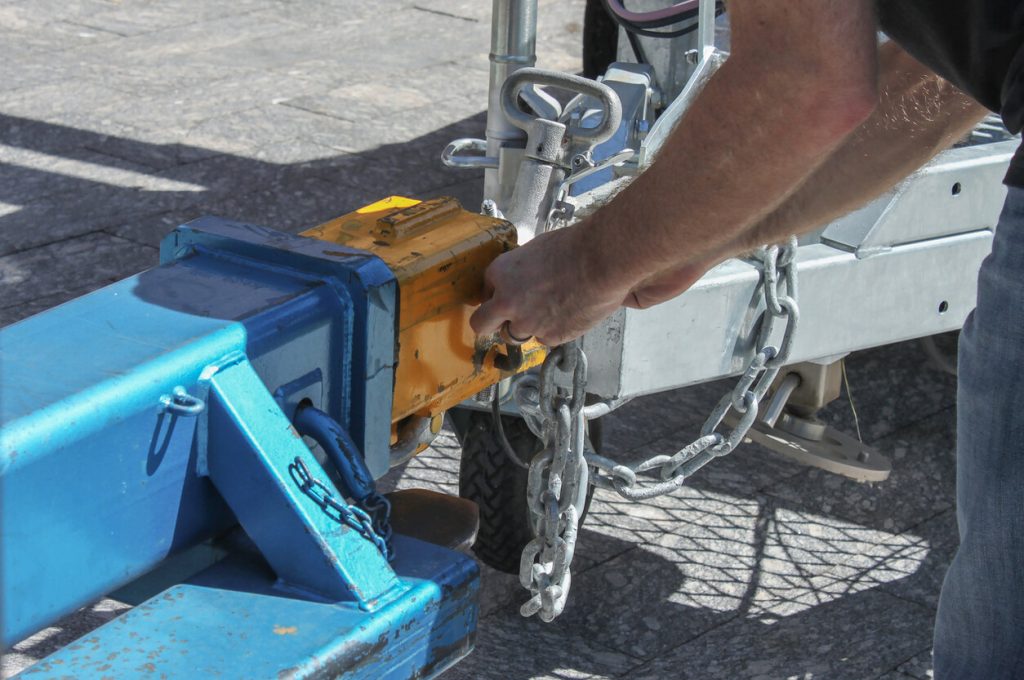Whether you’re in construction, landscaping or plumbing, carrying heavy equipment is a major task that’s sure to pop up in your day-to-day work. The ability to move these loads safely and efficiently from one site to another can significantly impact the productivity and success of a project. Thankfully, with the help of specialised tradie vehicles, the effort required for this task can be easily reduced. Here are some top tips to help you manage these logistical challenges effectively.
1. Choosing The Right Vehicle
The first step to successfully transport your heavy equipment is selecting the right vehicle for the job. This means considering the weight and dimensions of the equipment you intend to transport. Vehicles like our utes and tipper trucks are often well-suited for carrying heavy loads. Ensure that the vehicle’s payload capacity exceeds the weight of your equipment to avoid overloading.
For oversized machinery, additional specifications such as tow bars may be necessary. It’s also important to consider the terrain of your transport route. For instance, four-wheel drive options might be necessary for rough or uneven surfaces, ensuring safety and stability during transit.
2. Legal Requirements
You may need to consider various legal requirements when transporting heavy equipment, including permits and road compliance, depending on the size and weight of the load. Oversized loads may require special travel permits and planning to ensure road safety. For instance, if you are using transport chains, they must comply with Australian standards to prevent cargo movement during transportation. Always check with the most recent standards to ensure compliance and avoid legal penalties.
3. Safety Measures
Safety cannot be overstated when transporting heavy equipment. Essential safety measures include:
- Securing the Load: Use industrial-strength chains, straps, and tie-downs to secure your equipment. Improperly secured equipment can shift during transport, posing serious safety risks.
- Visibility: Ensure that your load does not obstruct the vehicle’s lights or signage. Use warning flags or signs to enhance the visibility of oversized loads.
- Weight Distribution: Evenly distribute the weight across the vehicle platform to maintain balance and control while driving. This distribution helps prevent vehicle tipping and contributes to easier handling.
4. Vehicle Maintenance
Before transporting any heavy equipment, a thorough check of the vehicle is necessary. This check should include tyre pressures, brake systems, and engine performance. Regular maintenance ensures that your vehicle remains in optimal condition to handle the demands of heavy loads, reducing the risk of breakdowns during critical transport stages. Our vehicle hire services include a hassle-free servicing and maintenance package with regular reminders for each.
5. Training and Expertise
If you or your employees are responsible for transporting heavy equipment, it’s recommended to have some training beforehand. This will provide the necessary understanding of how to load, secure and transport larger cargo safely. It also allows for drivers to get familiar with the handling characteristics of a loaded vehicle.
Specialised Hire Vehicles For Tradies
Transporting heavy equipment requires careful consideration of numerous factors to ensure safety, compliance, and efficiency. For those in the trade industry looking for reliable and customisable vehicle solutions, Tradiespec offers a range of options designed to meet your specific needs. Whether you’re transporting small tools or large equipment, ensuring you have the right vehicle for the job is crucial to your business’ success. Get a free quote from our friendly team today.

